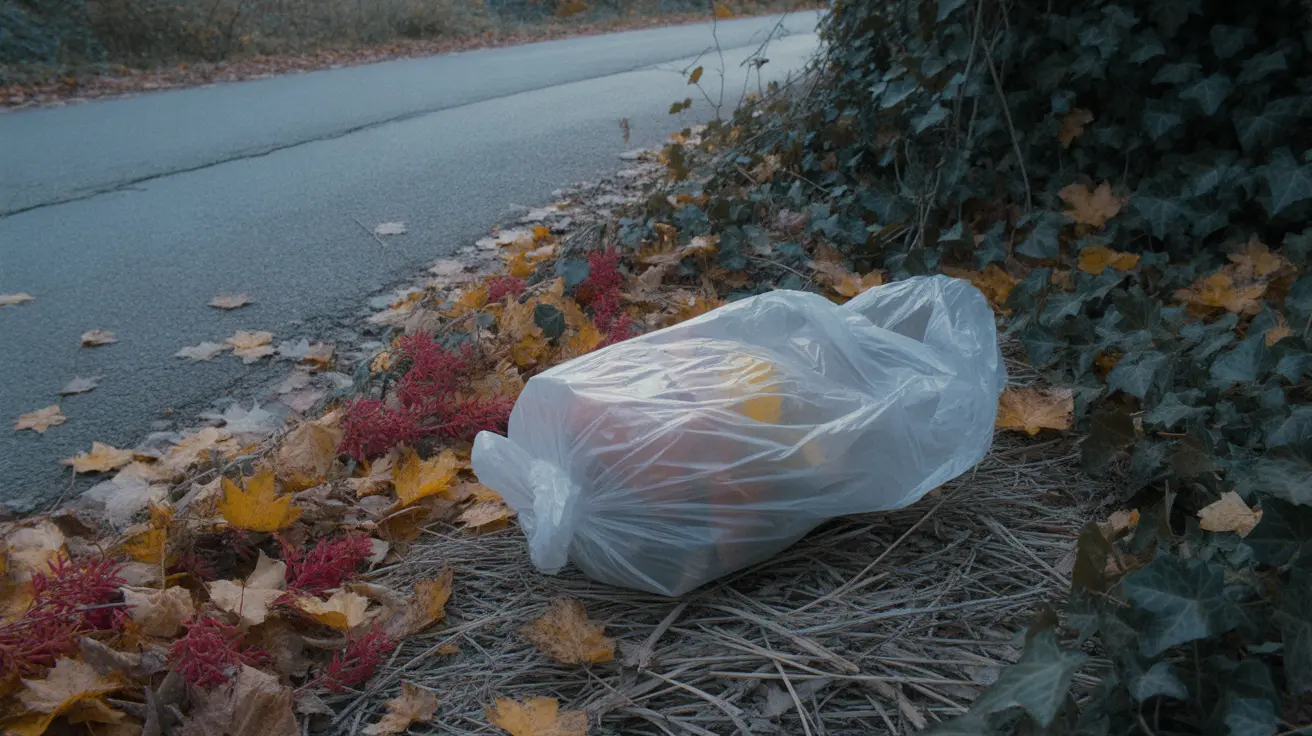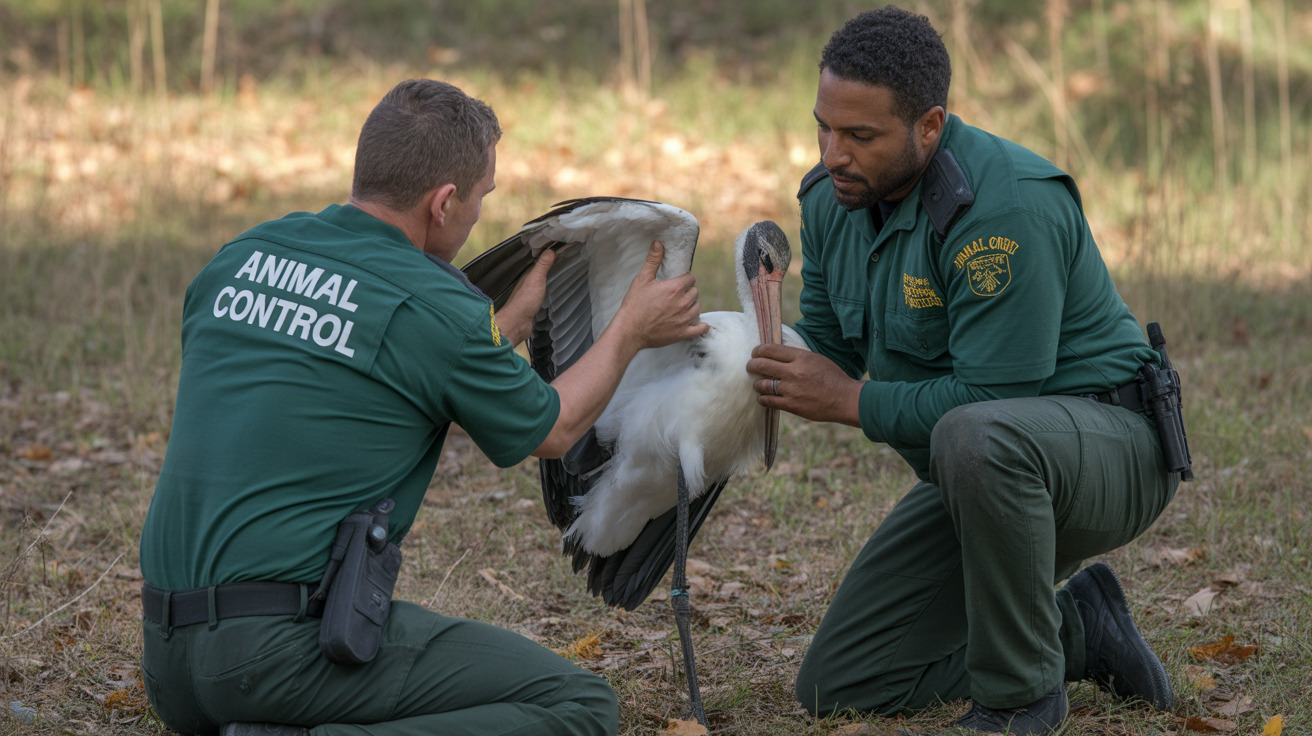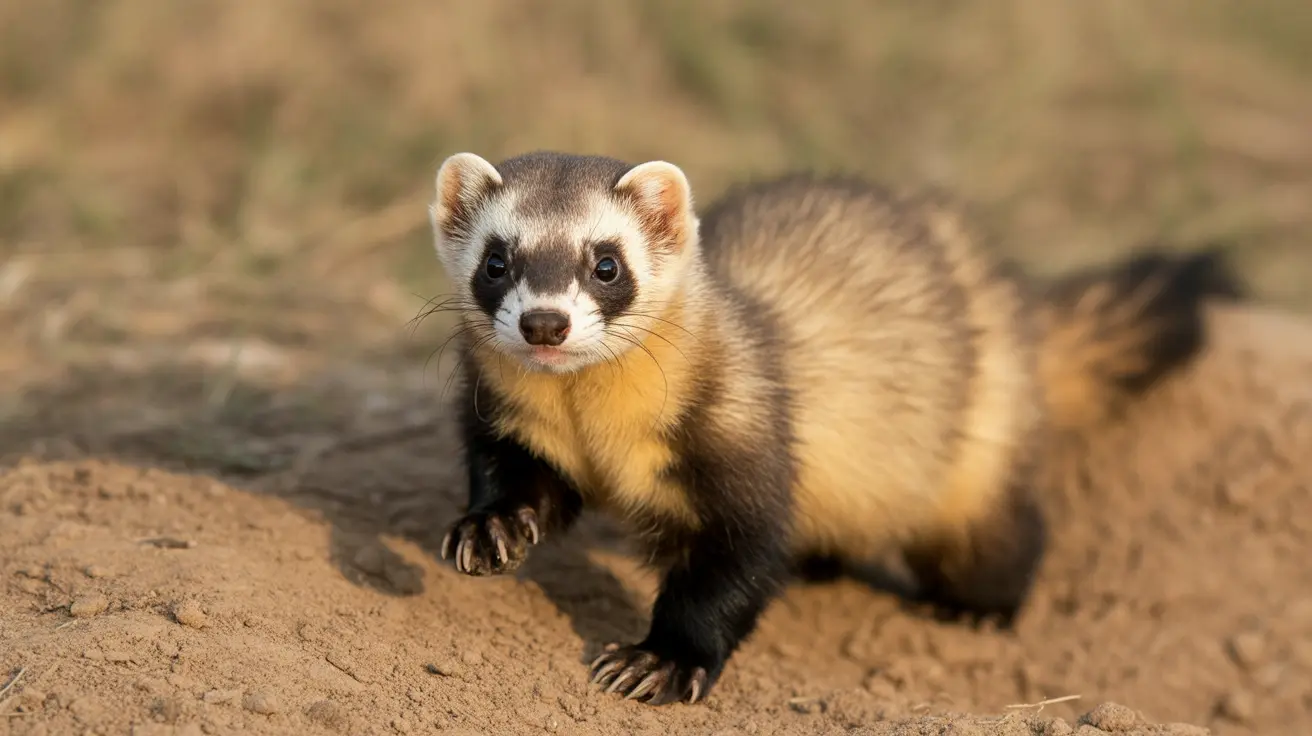How to Safely Prepare Corn for Your Dog
Many pet owners enjoy sharing snacks with their dogs, especially during summer months when corn on the cob becomes a staple at barbecues and picnics. While dogs are often eager to get a taste, it's crucial to understand the proper way to prepare corn safely for dogs.
Can Dogs Eat Corn?
Yes, dogs can eat corn—but with several important caveats. Corn itself contains protein, fiber, carbohydrates, and essential vitamins, and in small amounts, it can be a wholesome addition to your dog's diet. However, this only applies to plain, cooked corn off the cob.
Why Corn on the Cob Is Dangerous
Although many people enjoy eating corn on the cob, allowing dogs to do the same can pose significant health risks. The corn cob is not digestible, and if ingested, it can lead to choking hazards or a gastrointestinal blockage. These blockages are especially dangerous as they can turn life-threatening if not treated promptly.
- The cob may cause intestinal obstruction, regardless of the dog’s size.
- Even large breed dogs are at risk of experiencing blockage symptoms.
- Fragments of the cob can lodge in the GI tract and require surgical removal.
Symptoms of Corn Cob Ingestion
If your dog accidentally eats a corn cob, early action is critical. Symptoms may take hours or even days to appear. Common signs include:
- Vomiting
- Loss of appetite
- Lethargy or low energy
- Abdominal pain or discomfort
- Constipation or diarrhea
- Excessive drooling
- Failed attempts to vomit
- Dehydration, collapse, or black, tarry stools
Never ignore these signs. If you suspect cob ingestion, contact a veterinarian immediately. Do not try to induce vomiting unless explicitly advised by a vet.
Treatment Options for Cob Ingestion
If a cob or pieces of it are lodged in the digestive tract, your vet may take several steps depending on the condition’s severity:
- Imaging tests to locate the obstruction
- Endoscopic retrieval if still in the stomach
- Surgical removal via gastrotomy or enterotomy
Delaying treatment can lead to severe complications such as:
- Intestinal rupture
- Infections
- Shock
- Tissue death
- Fatal outcomes
Safe Ways to Feed Corn to Dogs
When offered properly, corn can be a tasty treat. Here’s how to prepare it safely:
- Remove all kernels from the cob.
- Cook the corn (boiled or steamed is ideal).
- Serve it plain—free from butter, salt, or seasonings.
- Give only a small portion to avoid digestive upset.
- Observe your dog afterward for any unusual symptoms.
Also, popcorn can be a safe snack if it's plain and air-popped, without additives. Avoid sharing popcorn that contains oil, salt, or butter, and always discard unpopped kernels.
Preventing Corn Cob Accidents
Beyond serving tips, it's important to take preventive measures:
- Dispose of corn cobs properly—use secure trash cans.
- Inform guests and family members not to feed dogs corn cobs.
- Clear plates and monitor your dog during cookouts.
- Supervise your dog around outdoor gatherings.
- Train your dog to “leave it” on command.
Monitoring After Chewing
Even if your dog only chews on the cob without visibly swallowing, you should remain vigilant. Small fragments may get swallowed and cause issues later. Watch for changes in:
- Appetite
- Energy levels
- Behavior
- Bowel movements
Summary
Corn can be a nutritious and enjoyable treat for dogs when offered correctly. Remember these key rules:
- NEVER give dogs corn on the cob.
- Only feed plain, cooked corn off the cob.
- Monitor and prevent access to food waste at gatherings.
- Contact your vet immediately if ingestion is suspected.
By being proactive and informed, you can safely include corn in your dog’s diet while preventing dangerous outcomes.





